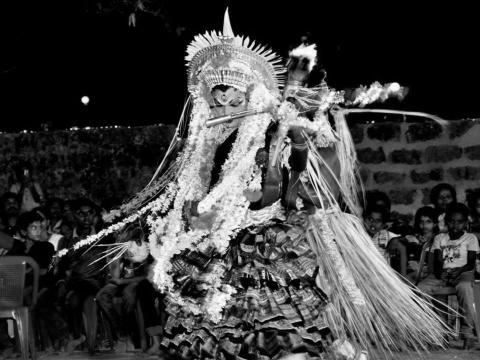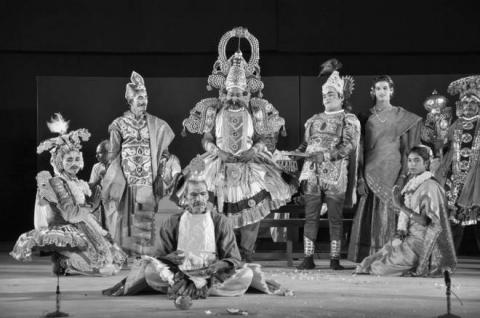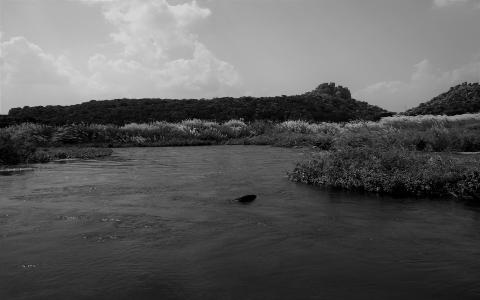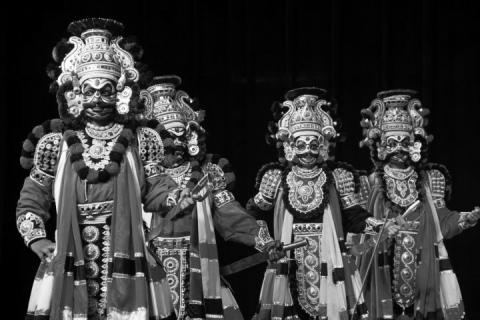
Several people have the tendency to find parallels between Bhūtārādhana and Yakṣagāna. They classify Bhūtārādhana as ‘folk’ (Jānapadīya) and as a corollary, conclude that Yakṣagāna is ‘folk’ as well. However, Yakṣagāna’s allied forms of art such as Terukkūttu, Kūcupuḍi, Bhāgavatameḻa, Dūḍālapāya, Doḍḍāṭa and Keḻike are not influenced by Bhūtārādhana at all. Among these, one can say that only Kathakali has faint reflections of Bhūtakola in it....

In his insightful essay titled ‘Uparūpakas and Nāṭyaprabandhas’, Dr. V Raghavan classifies these (i.e., the lyrics/ scripts used for different theatrical/ Yakṣagāna-like presentations) as ‘Kāvya’ or ‘Citrakāvya’, a kind of Uparūpaka. (Refer –
[caption id="attachment_13946" align="alignleft" width="166"] Dr. V. Raghavan[/caption]
Sanskrit Drama – Its Aesthetics and Production, page 183). One should not mistake these either for pure poetry or for...

The word ‘Śāstra’ refers to a well-structured presentation with novel insights (Śaṃsana Śāsana-prajñā). Anything that has these characteristics can be said to be ‘Śāstrīya’. A Śāstra usually is in the form of a written set of rules as well as unwritten but traditional practises that come along with the community conciousness. Although folk forms of art might not conform to a set of written rules, they are the products of the tastes of people...

The terms ‘mārga’ and ‘deśī’ which have been in use for thousands of years in our tradition are today translated as ‘Classical’ and ‘Folk’ respectively, terms which hardly capture the original sense of the Sanskrit words. This equivalence was drawn by some western scholars and it is hard to say when exactly these were thought to be equivalents of the original Sanskrit words. The downfall and corruption of traditional knowledge systems of India...
